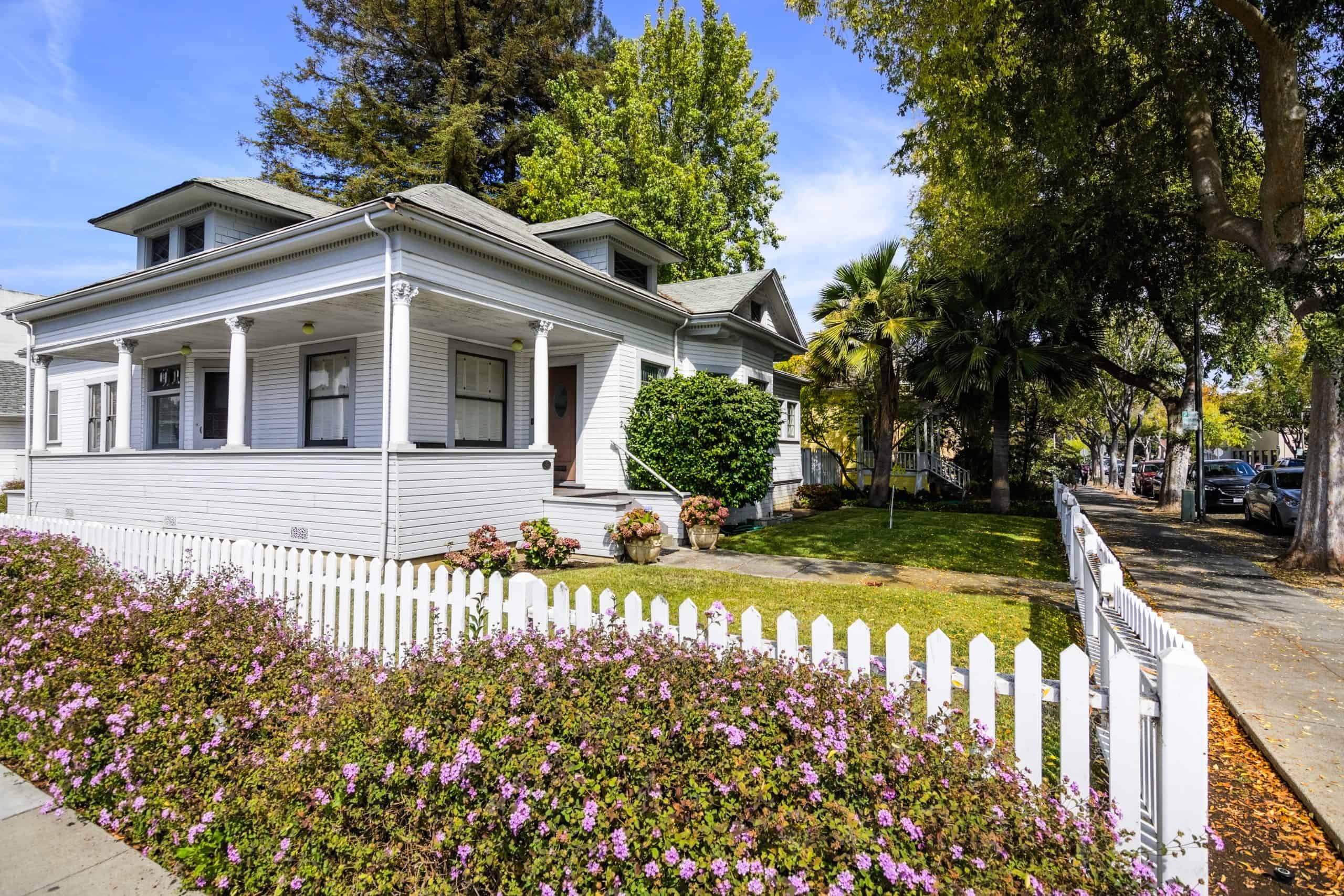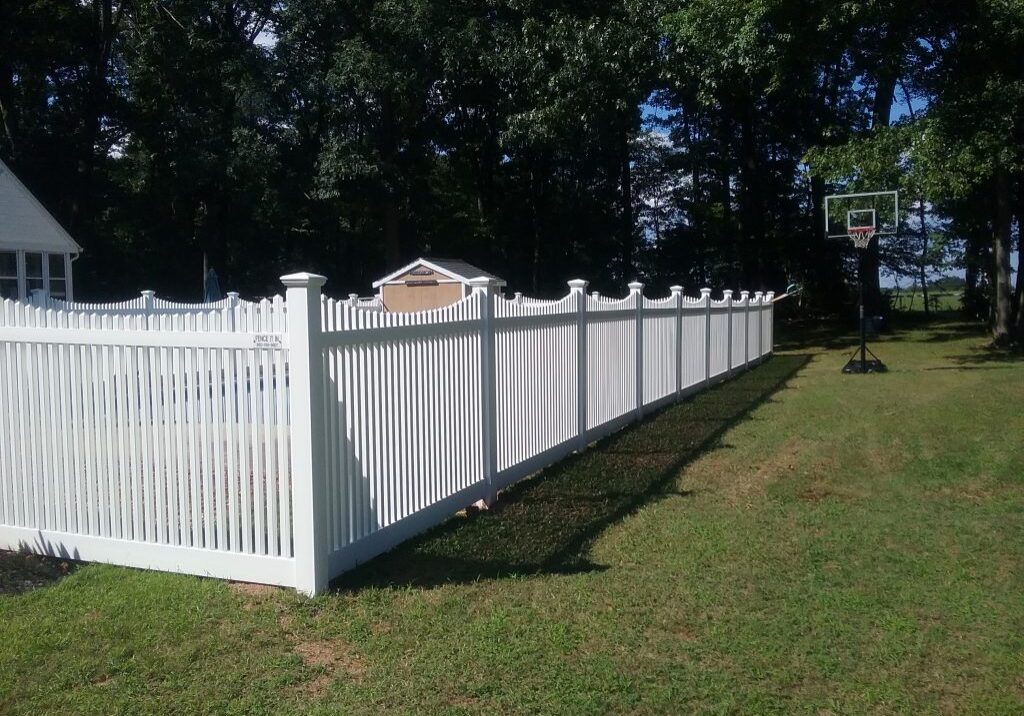All Categories
Featured

A fencing works as more than simply a limit; it offers privacy, safety, and enhances the curb charm of your building. However, like any type of outdoor framework, a fencing will undoubtedly face wear and tear from the elements and age. While routine maintenance can prolong the life of your fence, there comes a time when repair work no more are sufficient, and it's time to take into consideration replacement. So, how do you recognize when your fence is beyond saving? Below are some essential signs that your fencing may need to be replaced.
- Noticeable Damage or Wear. Wood fences are specifically prone to splitting or splintering over time, while plastic fencings can develop splits. If the damage is architectural or extensive, fixing private areas might not be sufficient, and changing the fence becomes necessary.
- Rot and Degeneration. Wooden fencings are specifically prone to rot, especially in locations with high moisture or frequent rains. It can lead to degeneration when moisture obtains trapped in the timber. If you discover that parts of your fence feel soft to the touch or if you see mold and mildew or fungus expanding, it suggests rot. Minor rot can sometimes be repaired, comprehensive degeneration, specifically near the base of fence blog posts, can endanger the stability of the whole fence. In such cases, replacement is typically the finest option.
- Leaning or Tilting. A leaning fencing is a clear indication that something is wrong with its structural support. Over time, posts might change as a result of soil erosion, water damage, and even root growth from neighboring plants. While small tilting can occasionally be dealt with by straightening the messages and safeguarding them, extensive leaning frequently suggests that the messages have been harmed past repair work. It might be time to change the damaged sections or the whole fence. if the fence proceeds to lean in spite of efforts at adjustment.
- Rust or Rust (For Steel Fences) If you have a metal fencing, specifically one made of wrought iron or steel, corrosion or deterioration can deteriorate its framework. While small corrosion can frequently be eliminated and dealt with, extensive corrosion that compromises the fencing's stability is an indicator that substitute is essential. It can make the fence risky or undesirable if the rust has spread significantly or compromised the steel. It's much better to replace a greatly corroded metal fence than to proceed trying fixings.
- Parasite Infestations. Wood fences are a common target for insects like termites, carpenter ants, and rats. These bugs can create comprehensive damage by tunneling into the wood and deteriorating its structure. If you notice small holes, sawdust heaps, or real pests staying in your fencing, it's necessary to address the infestation right now. In cases where the damage is severe, the afflicted fence blog posts or boards might need to be changed to bring back the fence's security.
- Trouble Maintaining the Fence. It could be an indication that the fencing is past its prime if you locate on your own frequently making repair work to the same areas of your fence. Fence upkeep can be lengthy and costly, particularly when repairs are no more effective. It's time to take into consideration changing the fencing altogether if you're investing more money on patching up old sections than you would certainly on a complete replacement. A new fencing will certainly provide even more lasting value and reduce the frequency of repair work.
- Age of the Fencing. The age of your fence plays a considerable role in its total problem. While the lifespan of a fence can differ depending upon the material, area, and weather problems, most fences last between 15 and twenty years. If your fence is approaching or exceeding its anticipated life expectancy and revealing indications of wear and tear, it may be time to replace it. Despite routine maintenance, an aging fence will eventually need to be changed to keep its performance and appearance.
- Obsolete Look. In some cases, a fence merely ends up being obsolete, no longer matching the style or requirements of your residential or commercial property. If your fencing no longer enhances your residential or commercial property or satisfies your demands-- such as privacy, safety, or aesthetic appeals-- it might be time to take into consideration a substitute.
- Fence No Longer Offers Its Function. Your demands for a fence can progress over time. In such situations, changing the fence with one that satisfies your current requirements is the best selection.

Conclusion. If you notice any of the indications provided above-- visible damages, rot, leaning, pest invasions, or an obsolete appearance-- it might be time to replace your fencing. Changing an old, worn-out fencing can enhance the general value of your residential property, enhance security, and offer your backyard a fresh appearance.
Latest Posts
Protect Your Home with High Quality Residential Roof Covering
Published May 03, 25
1 min read
Searching for Comprehensive Auto Repair Near Me? Car-X St. Louis Ensures Satisfaction and Convenience
Published May 03, 25
1 min read
Strategic Campaign Monitoring That Drives Outcomes
Published May 03, 25
1 min read
More
Latest Posts
Protect Your Home with High Quality Residential Roof Covering
Published May 03, 25
1 min read
Searching for Comprehensive Auto Repair Near Me? Car-X St. Louis Ensures Satisfaction and Convenience
Published May 03, 25
1 min read
Strategic Campaign Monitoring That Drives Outcomes
Published May 03, 25
1 min read